Hong Kong is a city of many contradictions, and the street art scene is no exception. While great strides have been made to introduce the concept to Hongkongers through festivals such as HKWalls, adversely, the government is described by international artists as being one of the fastest in the world to remove their work. Just ask Invader.
The local street art community remains quite small, and while the organisers of HKWalls – which just wrapped up its second annual festival last month – say that half of the 2015 participants were non-local, throughout the rest of the year, visiting graffiti writers are also sparse.
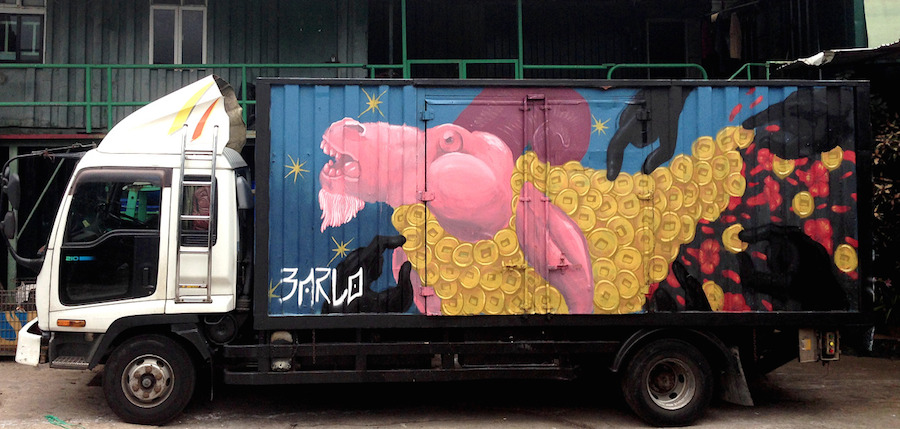
Sometimes international artists come to “hit” the city, says street artist Barlo, but “most of them (not all) just come, do their thing, an exhibition or whatever else, and leave without seeking any interaction with the local scene.”
Barlo, originally from Milan, has called Hong Kong home for the past two years. He has become intricately involved in the local scene, and loves combining both Eastern and Western elements in his pieces.
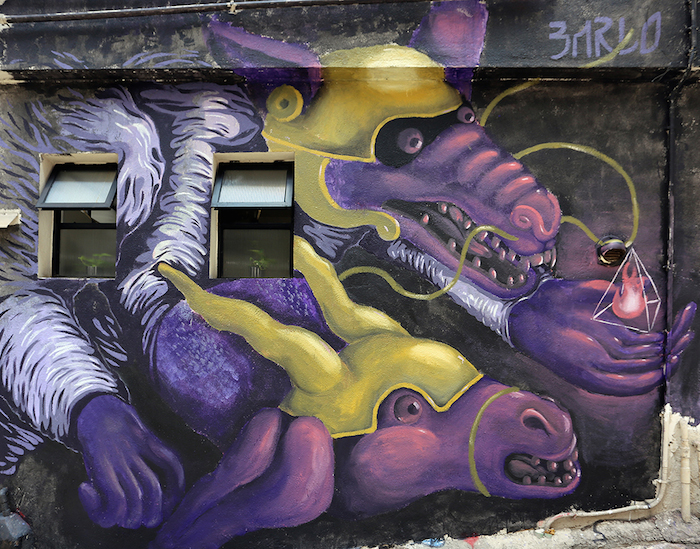
“I moved here in a moment of my life when I had almost stopped painting, but all the charm of the city and the visual influences coming from the traditional architecture and art stimulated me to a point where I had to start painting again,” he recalls. “I also have all the influences from my home country impressed in my mind. Creating a mix of the two was inevitable.”
And although the community remains small compared to other cities in Europe or the United States, Hong Kong-born artist Bao – one of the few female street artists in the city – says she actually appreciates this aspect of the scene.
“With the circle not being very large, most of the artists and people related to the scene are willing to help.”

Adding to this, she insists the mere existence of HKWalls represents a drastic shift toward acceptance of the movement. “It’s something I had never thought would happen in Hong Kong,” she says.
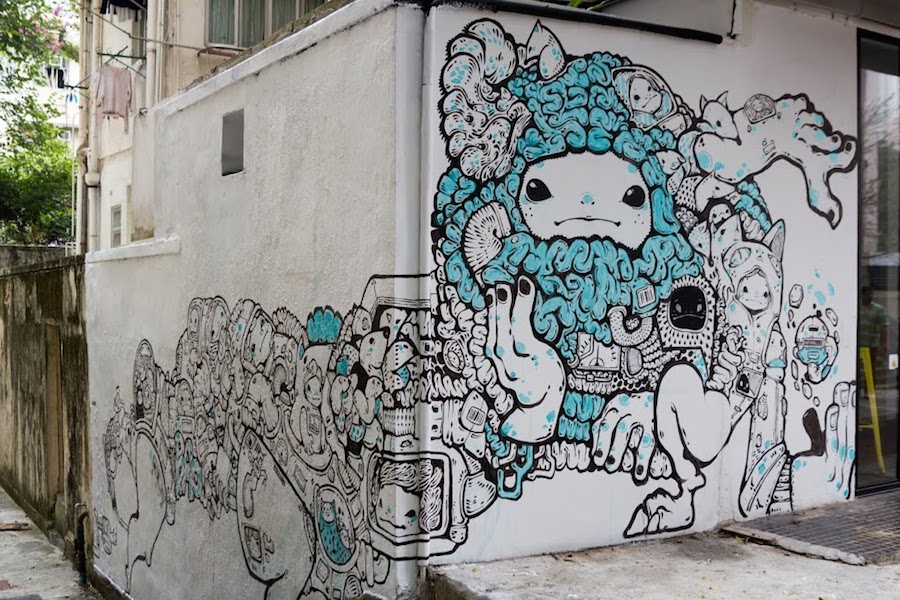
The lifespan of street art in Hong Kong, however, is invariably short-lived. When asked what she thinks is unique about Hong Kong street art, Bao is notably cynical, “the speed of the government removing [it]?”
This feeling is echoed by many of the graffiti writers here.
“Street art flourishes in the ‘gaps’ of the system. I painted in Milan, where it is illegal but it takes around six months for my stuff to get cleaned up. That’s a gap,” Barlo explains. “Hong Kong is against graffiti exactly like every other country in the world. The difference is that they are much more coherent and fast in applying the rules.”
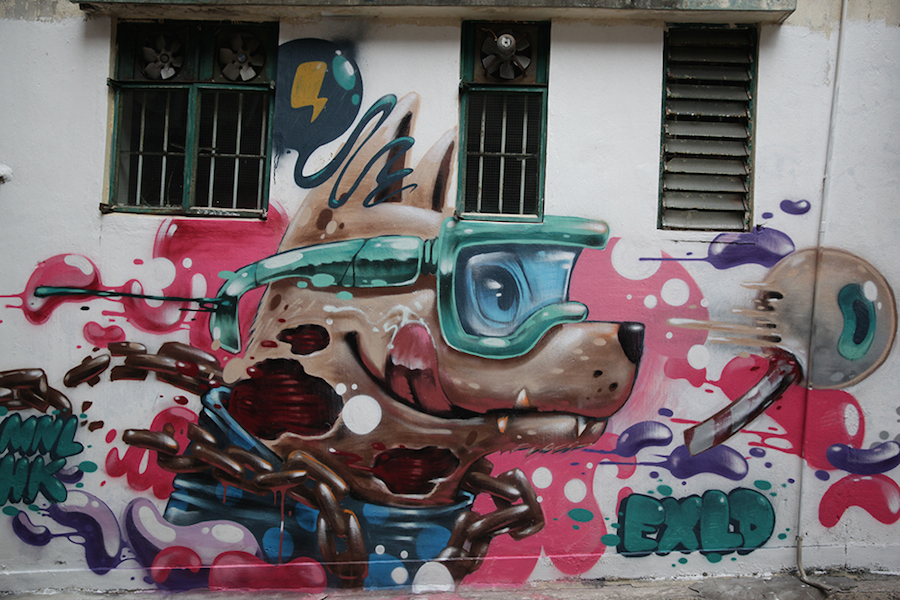
An interesting comparison is how Hong Kong’s street art sits against the scene in Mainland China. Lance Crayon, producer of the documentary Spray Paint Beijing, comments on how, despite certain perceptions about the lack of freedoms in China, counter-cultural movements such as graffiti writing have been allowed to flourish.
When producing the documentary two years ago, Crayon knew of 400 graffiti writers in Mainland China, and says he expects the number to have doubled soon.
He sees the Chinese government as being quite supportive of the movement, referencing new university courses that solely focus on street art studies. So, while Hong Kong still enjoys certain benefits of its post-colonial status and international business prowess, growth in the street art arena seemingly lags behind that of the motherland.

WAIS on Sai Street in Sheung Wan
Jason Dembski, one of the founders of HKWalls and the website HKStreetArt.com, builds upon Crayon and Barlos’ sentiments.
“Hong Kong has a small army of rubbish collectors, street cleaners, sticker scrapers and painters whose sole job it is to keep Hong Kong clean, and in many cases flat white or grey,” Dembski says.
“Anyone involved in the scene here knows: work on city property will only last about a month before it gets buffed.”
Since his entrance to the scene in 2010, Dembski says he’s witnessed minimal expansion. He feels Hong Kong is “prime for street art and it’s international standing brings lots of foreign artists through town,” but admits he’s been disappointed by the lack of involvement among the local creative community.
“I was really hoping after seeing all the art created during the Umbrella Movement that artists would really take to the streets and the work would continue, but for the most part, that isn’t the case, and I’m not sure why,” Dembski says.
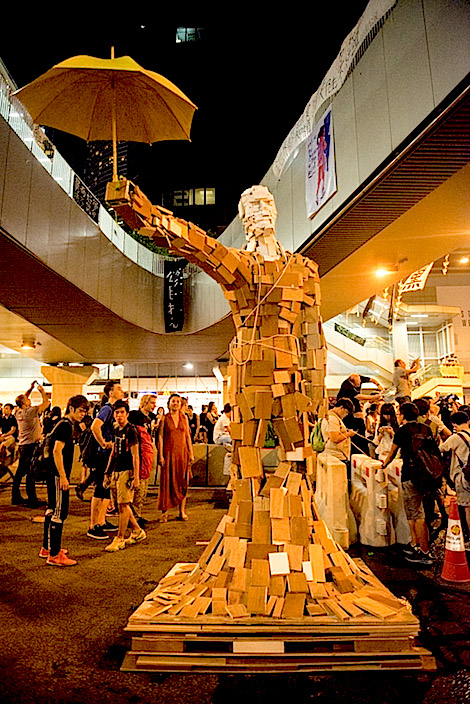
Umbrella Man at Occupy Central
The initial idea for HKWalls was hatched through Dembski and Stan Wu’s mission to find legal walls for graffiti and street artists. From that, it quickly ballooned into a full-blown art festival. In addition, the financial backers who came forward this year, including fashion brand agnès b, are indicative of growing acceptance of the art form.
Having just wrapped the second year of events, HKWalls managing director Maria Wong says she’s already looking forward to 2016.
“We have gained a reputation from last and this year’s hard work, and wall donors are more willing – sometimes they even came to us to asked for their walls or shutters to be painted,” she says.
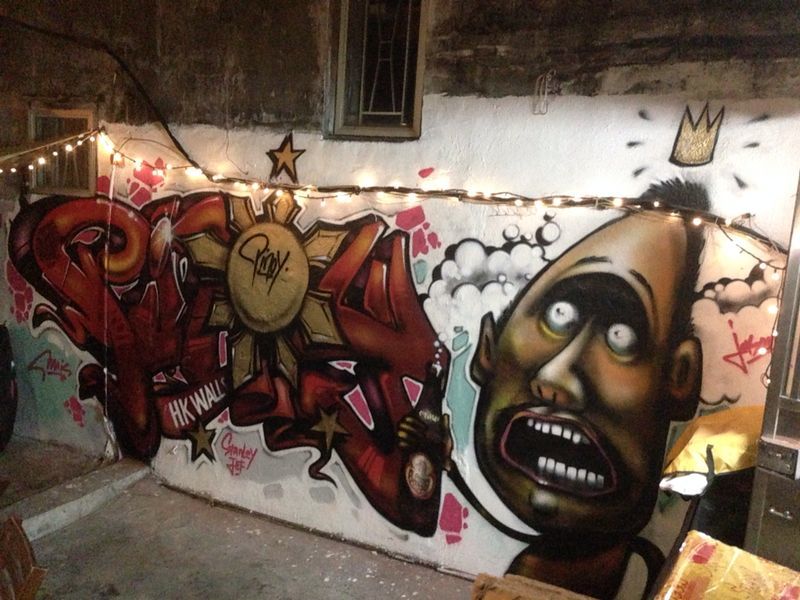
And the numbers certainly seem to support her optimism; this year HKWalls saw 34 artists involved in painting two separate locations. In Sheung Wan they beautified 17 walls, two shutters, two trucks, one pop-up exhibition and one public party. In Stanley, they painted 27 shutters in the market and held one, well attended closing bash.
In 2014, the festival saw less than half that involvement.
Barlo also applauds the festival’s work in opening the public mindset to street art, but adamantly insists Hong Kong arts also need more physical space to grow.
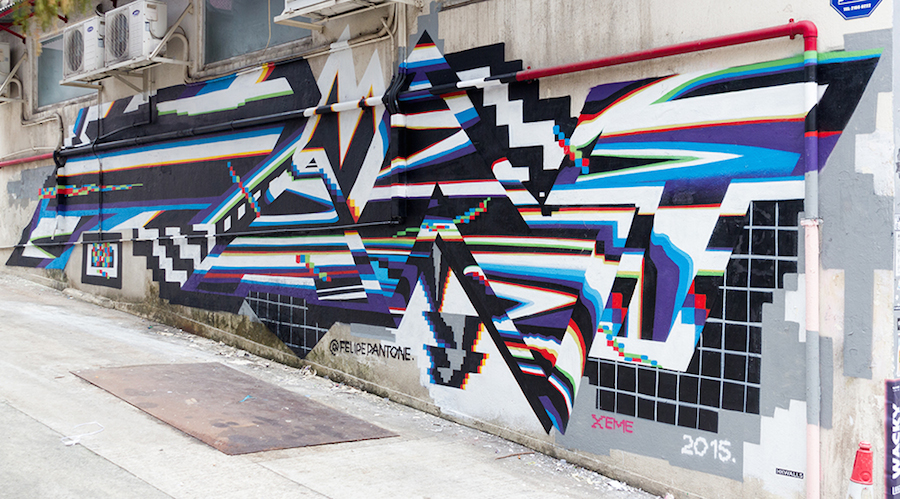
He recalls the first time he went to paint in Sai Kung.
“There were about six kids on the rooftop trying their very first spray cans, three people shooting pictures in cosplay, and something like 30 people playing war games with soft-guns.”
“[That many] people in a fully abandoned place. That tells you a lot about the lack of spaces for free expression in this city. That’s what Hong Kong needs. PMQ and other kinds of ‘art theme parks’ are just placebos.”
Words: Eva Cohen
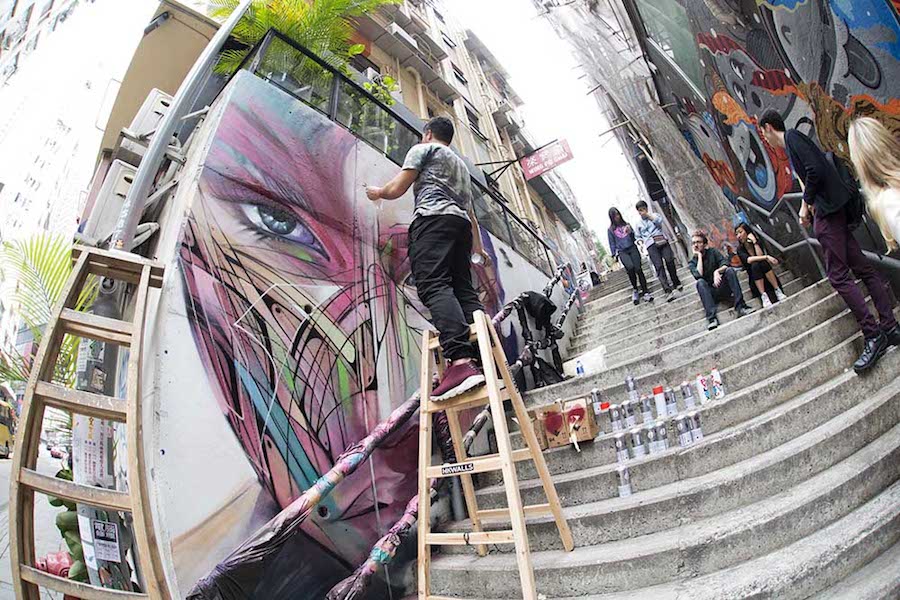




Reader Interactions